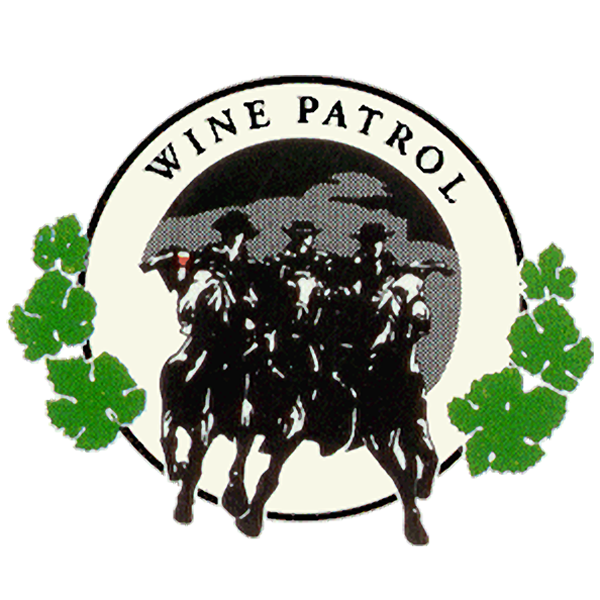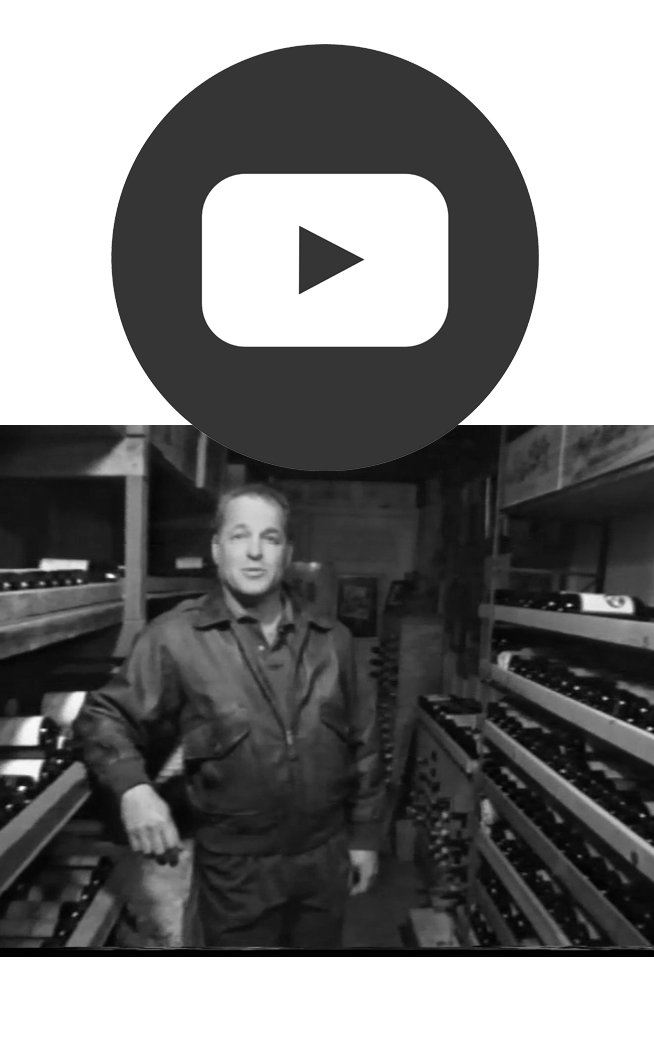
Wine Patrol
The Wine Patrol reminds us of the joy, pleasure, and delight wine can provide us. Our members are primarily cellar rats, winemakers, and salespeople, but everyone is welcome. We are dedicated to promoting wine, good humor, and friendship. We’ve been active for more than 30 years, content to operate under the radar, working out of our beautiful garden headquarters in sleepy Sonoma. Our Wine Patrol Commander is Lance Cutler, winemaker, teacher, and writer widely known throughout Wine Country (along with his wife) for their incredible hospitality. While the Wine Patrol is dedicated to wine education and fun, it confers upon its members the authorization to speak out against any wine crime.


